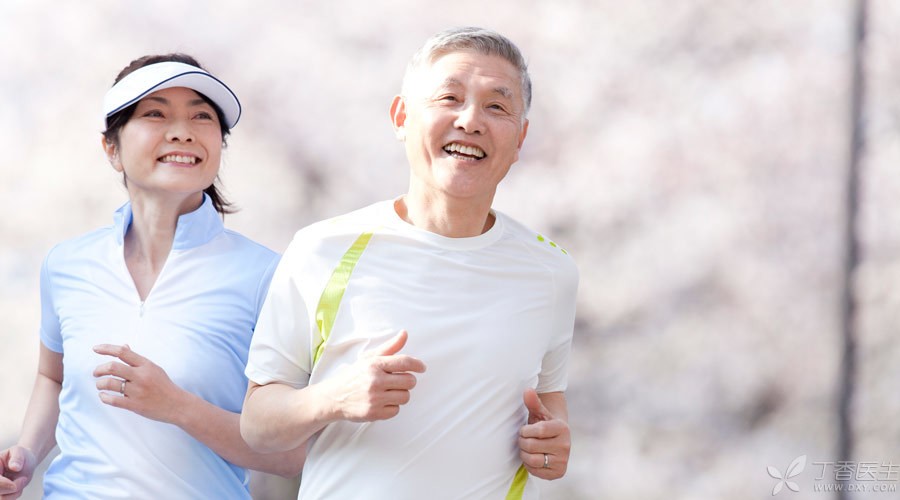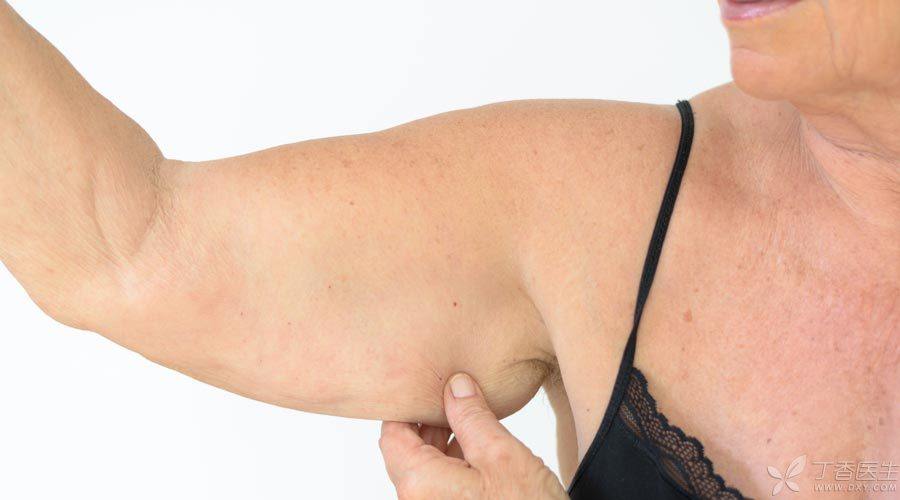
We often hear a saying that it is difficult for a daughter to buy an old man and a thin man.
Because obesity is often closely related to diabetes, hypertension, cardiovascular and cerebrovascular diseases, etc., it has a great impact on the health of many middle-aged and elderly friends. However, people who are thin in body shape have less incidence of corresponding diseases and are healthier, which is a rare blessing.
However, this sentence is only half right.
As you get older, it is not better to be thinner. Be careful of the occurrence of “oligomyopathy”. Oliomyopathy, also known as “muscle attenuation syndrome”, is a syndrome of decreased skeletal muscle mass, muscle strength and/or muscle function associated with aging.
What are the hazards of oligomyopathy
1. Decrease in mobility
Skeletal muscle is the basis for all kinds of activities. Muscle reduction and degeneration are easy to show problems such as boredom, difficulty in standing, slow pace, easy fall, etc.
2. Aggravating Bone Diseases
[Connecting] This is absolutely true: The reduction and degeneration of muscles will also aggravate the development of osteoporosis, arthritis and other diseases. As we are all familiar with and know, elderly friends with osteoporosis are prone to fracture once they fall down, which will further lead to various diseases. Once patients with oligomyopathy are ill and bedridden, they will also accelerate muscle degeneration and have a higher risk of disease.
3. Induce multiple metabolic syndromes
Muscle attenuation will affect the ability of blood sugar regulation and blood lipid metabolism, and is an important cause of chronic diseases such as diabetes, hypertension and hyperlipidemia.
4. Emotional disorders
The degeneration of muscle function, the deterioration of daily living ability and appetite are all easy to cause the psychological state of the elderly to be abnormal, and anxiety, depression, irritability and other problems occur one after another.
How Discovers Oligomyopathy in Time
The prevalence rate of oligomyopathy is 5.1% for the elderly aged 60-70 years old and 11%-50% for the people over 80 years old. Is it possible for you or your old friends to have oligomyopathy?
The following five simple self-test methods may as well be tried:
1. Look at the change of weight. There is no deliberate weight loss in the natural state. Attention should be paid when the weight loses 5% every year.
2. Look at the walking speed. Walk 4 meters according to the daily walking speed. If the walking speed is ≤ 0.8 m/s and the time taken is ≥ 5 seconds, pay attention. You can also use a pedometer to observe the pace frequency over a longer distance.
3. Look at the sitting-up posture. Take the [30-second continuous sitting-up] test: Sitting in a chair about 43 centimeters high and without armrests, Keep your back straight, put your hands around your chest, stand up on your own, then sit down, then stand up and sit down again, and sit up less than 14 times in 30 seconds, which requires attention. You can also observe whether it is difficult to stand up when sitting on the curb or a place with high steps, and whether you always need to rely on your hands or external support to stand up.
4. Try the strength of shaking hands. Under the condition of excluding arthritis and other factors, see if you can exert yourself normally. Or use a simple grip strength device. If the male grip strength is less than 30kg and the female grip strength is less than 20kg, the decrease in grip strength needs to be considered.
5. Measure the muscle mass of limbs. The gluteus maximus becomes flat, the leg circumference of the lower leg decreases, and the upper arm has obvious skin relaxation and drooping, commonly known as [bat sleeve], which are all manifestations of muscle loss.
Oligomyosis may not have any symptoms at the beginning, but the elderly often feel tired and weak. If there are many of the above manifestations, it is necessary to go to the hospital for accurate measurement of skeletal muscle volume (using dual-energy X-ray absorption spectrometry) to make a definite diagnosis.
Beware of [obese oligomyopathy]

Don’t think oligomyopathy is a skinny disease, be sure to pay attention to, there are a large group of invisible [obese oligomyopathy].
Studies have found that the risk of metabolic syndrome among obese people with oligomyopathy is much higher than that of [simple obesity] and [simple oligomyopathy].
If the middle-aged and elderly people suffer from oligomyosis and obesity, 35.1 percent for men, Women are as high as 48.1%. Especially menopausal women after the age of 50, affected by hormone changes, the weight of skeletal muscles decreases rapidly, and oligomyopathy and osteoporosis all need special attention. With obviously relaxed [bat sleeve] arms and obese [apple-shaped] body in waist and abdomen, such body shape often means not only muscle loss but also a large increase in fat.
In fact, from the age of 30, Our body muscles will lose 0.5% ~ 1% naturally every year, Reduce 6% ~ 8% every 10 years. The occurrence of oligomyopathy in the elderly over 65 years old is closely related to the nutrition and exercise status when they are young. Long-term bed lying after illness, sedentary lifestyle, lack of exercise activities, insufficient energy and protein intake, gastrointestinal dysfunction, unscientific weight loss, etc., will have a great impact on muscle loss.
Therefore, paying attention to exercise and nutrition is an effective means to prevent and treat oligomyopathy.
Intensify the movement
Strengthening exercise, on the one hand, can reduce muscle loss and muscle mass, on the other hand, can strengthen muscle strength and improve quality.
1. Reduce unnecessary sit-ins and lie-ins and increase the amount of daily physical activities; Strive to walk more than 6,000 steps a day;
2. Exercises based on resistance exercise (such as sitting leg lifting, static squatting against the wall, lifting dumbbells and pulling elastic belts) can effectively improve muscle strength and body function;
3. At least 3 days a week, carry out a total of 40-60 minutes of moderate and high intensity exercise (such as fast walking and jogging) every day, of which resistance exercise takes 20-30 minutes.
On this basis, oligomyopathy patients need more exercise. Persisting in comprehensive exercise for 3 ~ 18 months can increase muscle strength and improve body function.
Pay attention to nutrition
1. High quality protein
Whey protein in milk, as well as animal foods such as fish, shrimp, crab meat, chicken, duck, poultry meat, pig, cattle, sheep, livestock meat and eggs, are all high-quality proteins rich in branched chain amino acids such as leucine, which will be more beneficial to the prevention and treatment of oligomyopathy. In addition, protein foods should be evenly distributed to three meals a day.
2. Fatty acid
On the premise of controlling the total fat intake, the intake of foods rich in-3 polyunsaturated fatty acids such as deep sea fish oil and seafood should be increased.
3. Vitamin D
It is suggested that the supplementation dose of vitamin D should be 15 ~ 20 micrograms/day (600 ~ 800 IU/day), vitamin D2 and vitamin D3 can be replaced, and marine fish, animal liver, egg yolk and other foods should be appropriately added.
4. Antioxidant nutrients
Encourage to increase the intake of foods rich in antioxidant nutrients such as dark vegetables and fruits and beans. Appropriate dietary supplements containing vitamin C, vitamin E, carotenoids and selenium.
5. Supplement of oral nutritional preparation (medical food)
During meals, during meals or after exercise, nutritional preparations are added twice a day, and 15-20 grams of protein rich in essential amino acids or leucine and about 200 kilocalories of energy are ingested each time, which is helpful to overcome the resistance of muscle protein synthesis related to aging.
